#the shape of things to come
Text
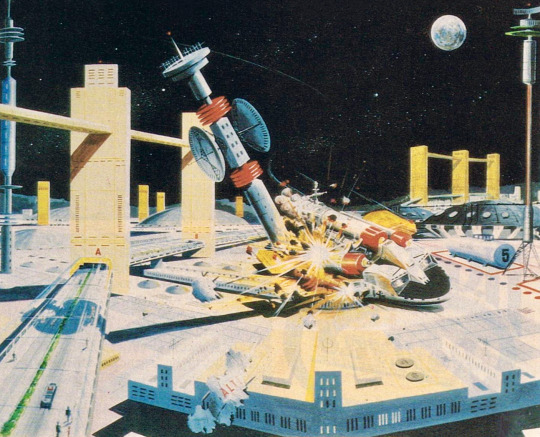
A rough landing in British illustrator Reg Hill's pre-production art for The Shape of Things to Come, 1979.
130 notes
·
View notes
Photo

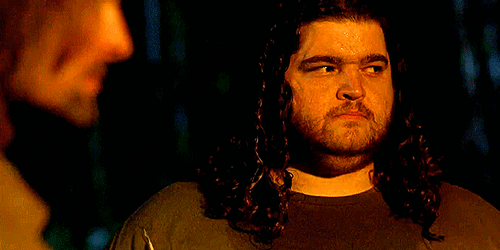
Every Afictionados Best Line Award (Honorable Mention)
LOST Episode 409: The Shape of Things to Come
by the Afictionados Podcast Network
#sawyer ford#James Sawyer Ford#Hugo Reyes#hurley reyes#lost#afictionados#best line award#episode#409#the shape of things to come
68 notes
·
View notes
Text
The 6th Summer - PLAVE
#plave#album: asterum the shape of things to come#the shape of things to come#the 6th summer#plave kpop#plave album#plave yejun#plave noah#plave bamby#plave eunho#plave hamin
25 notes
·
View notes
Text
OH HEY I got picked for a survey about a possible Tumblr Premium want to see? For screen readers, the following are captures of my phone screen displaying the survey pages. I've transcribed the text in the individual image descriptions.




Collections - I can imagine some people would really enjoy this, I don’t care about it.
Posting limits - I have never hit the limit, don’t care about that either.


Avatar accessories: ngl I would really enjoy this
A Blaze post each month: don't care about this, other than to be annoying and weird


Tumblr Premium Top Hat Badge: tbh I don't care for it but as long as I could turn it off I wouldn't mind.


A TumblrMart item per month: I would enjoy this, I could bestow crabs.
Ad Free: if Ad Free wasn't included in a Premium package that would be absolutely ridiculous.



Early access to new features: yeah, sounds fun to dink around with.
Patio: oh God no


Increased Queue Limits and Increased Like Limits: I have never personally hit these limits, they aren't relevant to me.


Communities: oh NOW we're getting to the GOOD STUFF LiveJournal gang RISE UP


The Open Response Questions - you can read the rest of what I said in the image descriptions.
The rest was kind of demographic questions, about how long I've had Tumblr, how often I use it, my engagement level, etc.
I was pretty excited to get to do that I can tell you! Now, regarding my response to the "any other features" question, I will absolutely not be holding my breath, but I'll keep saying it any time they ask.
And don't you think a Tumblr Premium badge would be kind of cringe?
9 notes
·
View notes
Text
In 1940, Germany attacked Poland but found Poland not easily defeated creating a war between the two countries that lasted 10 years. (The Shape of Things to Come, BK)

#1940#nerds yearbook#alternate history#hg wells#the shape of things to come#ww2#wwii#world war 2#world war ii#germany#poland
3 notes
·
View notes
Photo










Lost Rewatch - 4x09 The Shape of Things to Come
“If you harm so much as one hair on his curly head, I'll kill you.”
#lostedit#Lost#The Shape of Things to Come#Ben Linus#lost edit#lost tv#Lost rewatch#Lost season 4#Ben truly is the worst#he didn't even attempt to save his own daughter
67 notes
·
View notes
Audio
18 notes
·
View notes
Text
The Shape of Things to Come
Title: The Shape of Things to Come
Author: spiderglass
Rating: M
Word Count: 61,953
Summary: It almost feels like, if Dean went to sleep right now, he could get it back. Like he would slip right back into the dream, and it would pick up where it left off. But Dean doesn’t even want to, now that he can see that world for what it is: a cheap hallucination, poking at all his weaknesses, going right for the soft underbelly Dean never shows.
All that work. All that work Dean had done over the past few weeks, trying to numb himself and act like he’d forgotten about it. And now it feels like the Empty took Cas all of five minutes ago, all over again.
Or,
A post-15x19, forty one year-old Dean gets a taste of what twenty seven year-old Dean went through in 2x20, “What Is and What Should Never Be,” and sees how the shape of his own happiness has changed. Then life goes on, same as it ever was—except for the dreams he starts having at all hours of the day, and a familiar voice that's starting to sound a little too real.
Commentary: You don't have to go to far into this blog to know I'm a sucker for finale fix-its. It's my favorite trope! This story has everything I look for - Dean and Sam having conversations, hunting, Dean being really sad, Empty rescue, getting together and a soft little epilogue. Seems simple, and it is - we don't need huge stories to have huge feelings.
This story is so well written, so nice! As the summary says, we start in a Djinn dreams, which is super well written and makes sense with the show's lore. Dean notices something is weird, but is so happy with the life he is living and the Djinn is so strong that he wants it to be real. In the dream, he realizes he can't deny what he feels for Castiel - Dean is in love with him.
The we go on to follow Sam and Dean for a bit, and Dean is so so tired. That's when weird things start happening and there's hope they'll get to see Cas again.
Everything here happens for a reason. The Djinn dream isn't here just so Dean could think about Cas, but also has a huge role in the rescue plot. The author did such a great job with tying up this story!
The expansion of Djinn and Empty lore is amazingly done.
Very well written, in character and made with care and love.
#destiel fanfic#the shape of things to come#spiderglass#rated m#destiel#deancas#destiel fanfic rec#over 50k#under 100k#ao3#dean winchester#castiel#canon universe#post canon#finale fix it#sam#jack#mary#eileen#claire#other characters have smaller roles#lore expansion
14 notes
·
View notes
Text



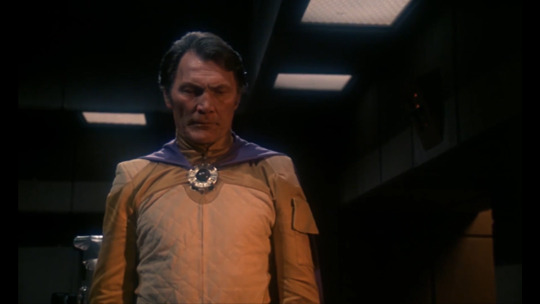
youtube
The Shape of Things to Come (1979)
My rating: 4/10
A bunch of silly nonsense happens, involving cardboard sets and cardboard characters. Possibly the most notable thing in this is that it has a saucer separation (several, in fact, each excruciatingly long of course) almost a whole decade before TNG.
#The Shape of Things to Come#George McCowan#H.G. Wells#Martin Lager#Jack Palance#Carol Lynley#Barry Morse#Youtube
3 notes
·
View notes
Photo
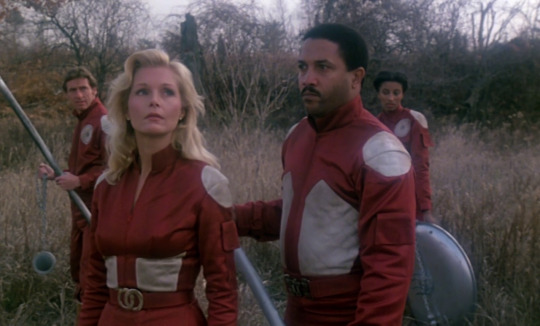
Linda V. Carter as Nikki’s Soldier in THE SHAPE OF THINGS TO COME – 1979
8 notes
·
View notes
Photo
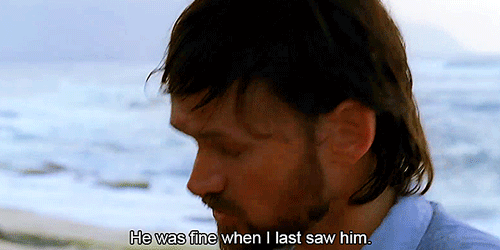

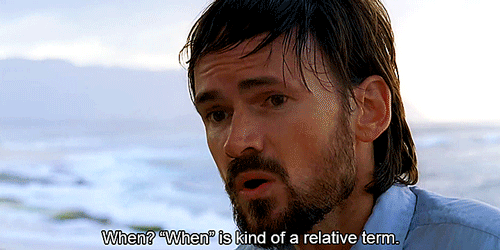

Every Afictionados Best Line Award (Angela)
LOST Episode 409: The Shape of Things to Come
by the Afictionados Podcast Network
#Daniel Faraday#Jack Shephard#lost#afictionados#best line award#episode#409#the shape of things to come
40 notes
·
View notes
Text
Yesterday Looks At Tomorrow: THINGS TO COME (1936)
“I have recently seen the silliest film.
I do not believe it would be possible
to make one sillier…It is called Metropolis.”
-- H. G. Wells, 1927
“Challenge accepted.”
-- H. G. Wells, 1936
H. G. Wells so intensely disliked Friz Lang’s Metropolis he participated in the production of Things To Come, based loosely on his 1933 book The Shape Of Things To Come.
On the positive side, it’s larger in scope than Metropolis and as equally impressive visually, made by stellar talents on par with Lang. It covers a much broader range of concepts and offers far more challenging ideas.
For many years it remained a great favorite of science fiction fans, partially because the only available versions of Metropolis had been hacked down to nonsense, but primarily because it offered a vision of the future where sci-fi fans would dominate.
While Metropolis is an overly Christian film (seriously, take a look at their use of religious symbols throughout and the arguments Maria makes to both sides re their responsibilities to one another), Things To Come is pretty blatantly socialist bumping into communist.
Small wonder, since Wells hizowndamsef was an avowed socialist, a member of the Fabian Society who believed the world would be better off run by a samurai elite (his term) that dispassionately guided the rest of humanity for our own good.
One needs to understand that in the period between the two world wars, in Europe and America being a communist marked one as outré but not an overt threat to humanity.
After Stalin’s rise to power and purges, after World War Two, after the Iron Curtain crashing down, communism became the official whipping dog of Western capitalism, blamed for anything and everything.
Even today dim bulb politicians appeal to even dimmer bulb constituents by labeling anything and everything they don’t like as “communist” or “socialist” without any real understanding of those terms.
And not to whitewash the crimes of the Soviet Union, but when you stop thinking of the USSR as communist but rather as czarist Russia under a new banner, you see those crimes are less communist in nature and more culturally Russian.
“Same circus, different clowns”
as Russians are wont to say.
Likewise, the myriad crimes of Things To Come are less about socialism, and more about old fashion English classism.
As science fiction fandom took off in the 1920s and 30s in the US and England, many fans were socialists or communists of one stripe or another.
Those interested can dig into the history of science fiction fandom online and see the waves of anger and arguments over the best way to reorder society, and the retaliation by those who liked the status quo just fine, thank you.
These were the earliest enthusiasts for Things To Come.
What appealed to them in Wells’ vision was the same thing that appeals to Ayn Randf’s followers today: A deep rooted belief that they are constrained by society and if only they were in charge everything would be so much better.
That their stated goals are mutually exclusive is unimportant. In both cases the fans of those authors / beliefs saw themselves as naturally belonging to the ruling elite, not part of the lumpenproletariat doing scullery work at the bottom.
In that sense they’re very much like believers in reincarnation who were always kings and queens, priests and priestesses in previous lives, not crippled beggars or enslaved pit workers.
In Things To Come, the lumpenproletariat in Wells’ scheme of things provide no input into the way things are done or the goals set and established. Wells, long hostile to religion, saw any sort of spiritual belief as antithetical to human progress and happiness, and saw eliminating that aspect of humanity as crucial.
The problem is he has nothing to replace it with, other than some vague commandment to “go out and all of you be geniuses now.”
As crappy as the lives of Lang’s workers were in Metropolis, they feel richer and far better than the pampered masses in Things To Come.
And it needs be noted in the book The Shape Of Things To Come that his “open conspiracy” of “samurai” are almost exclusively English speaking western Europeans, with one token Chinese and one token African among their ranks. The idea that they could shut down a billion or so adherents to Islam without any resistance is ridiculous even in the era as anyone who read T. E. Lawrence’s Seven Pillars Of Wisdom could tell Wells.
The most entertaining portion of the film is the middle third, the post-apocalyptic world before the Airmen saviors arrive. It’s like a dry run for Mad Max movies mashed up with a zombie flick (seriously!).
The big conflict in the last part of the film involves the ruling elite wanting to launch a spaceship to the moon and the rest of humanity going, “Really? Can’t we just enjoy what we have?”
There’s a race to launch the spaceship before a mob descends to destroy it, and the film ends with the protagonist Cabal (as in literally “cabal” a secret conspiracy trying to control things) speaking to common citizen Passworthy (how’s that for a condescending name?), uttering the famous “Which shall it be? The universe or nothingness?” speech.
That closing scene fired up science fiction fans in the 1930s and 40s, but by the 1960s and 70s we came to realize the universe is going to have the final say in the matter, like it or not.
Of the three films we’re discussing, Things To Come ages the worst. It’s certainly worth seeing (I recommend the colorized version as that gives it a nice pulp sci-fi palette) but the core message is not merely dated, it’s repugnant.
How well did it predict the future?
It guesses the start of WWII pretty closely, and hints at nuclear warfare in an ambiguous shot of a mushroom cloud long before the first A-bomb exploded. Its world war just peters out, however, with all sides bombed back to the stone age and awaiting the arrival of black clad saviors in giant airships to set things aright. The film skips over a century of rebuilding in a pretty impressive montage of miniatures at work, then resumes a century in the future with the descendants of the 1930s characters fighting ennui. Considering they live underground in well lit but featureless terraced apartments, wearing what looks to be woefully impractical clothing it’s no surprise this is the one concept Things To Come got spot on. The phrase “amusing ourselves to death” existed as a concept long before Neil Postman used it as a book title in 1985 but Wells & co have it on full display here.
Is it a Big Film with Big Ideas?
Yes, clearly the biggest of the three we’re discussing. It also offers the flattest, most paper thin characters. Raymond Massey is simultaneously commanding and wasted in his dual roles as John Cabal and grandson Oswald. Massey was in the even more repugnant Sante Fe Trail as John Brown and holy shamolley, even though Warner Brothers tried to paint him as the villain of the piece John Brown towers over both Cabals as an ethically and philosophically grounded character. Even so, it’s a film about humanity as a whole, even if conceived by someone who seemed incapable of writing about them humanistically.
© Buzz Dixon
see also:
Metropolis
#Things To Come#The Shape Of Things To Come#H G Wells#Friz Lang#Metropolis#sci-fi movies#sci-fi#science fiction#media#duty now for the future#sci-fi fans#Fabian Society#communism#socialism#religion
2 notes
·
View notes
Text
In 1950, after decades of war, the nations of the world declared peace as financial strain and weariness of war took its toll. This peace came with no winners and the governments and the societal structures rapidly collapsed. ("The Shape of Things to Come", BK)

5 notes
·
View notes
Text
Heat Wave
On Wednesday morning, 12 July 1995, the Chicago Sun-Times reported that a heat wave was heading for the city.
As with all autopsies, then, this examination of the 1995 Chicago heat wave closes with the hope that by studying death we have improved our capacity not only to understand life, but also to protect it.
— Eric Klinenberg
0 notes